LiA: Little Yangon
My dad does sign design. A sign fabricator, he learned his trade skills in Tokyo, Japan as a political refugee from Myanmar. When he was in Japan from the early 1990s till 2005, there was no Little Yangon in Takadanobaba, Tokyo, Japan. Takadanobaba in the early 1990s was just Takadanobaba. A neighborhood in Tokyo that is home to Waseda University and the birthplace of Tezuka Osama, the father of anime (Astro Boy, Buddha: The Great Departure). With affordable apartments and proximity to the Yamanote Line, Takdanobaba became the neighborhood migrants moved to. Takdanobaba is home to "Little Yangon", a place to experience Myanmar culture in Tokyo, Japan without ever going to Yangon, Myanmar.
According to the Government Statistics of Foreign Residents 2022, Japan roughly has 47,000 people from Myanmar. According to a 2019 Data Set published by Pew Research Center, 189,000 people from Myanmar resided in the U.S.A. That is 4x as many people from Myanmar than Japan. But, there are no Little Yangons or Myanmar-towns in the U.S. One of my goals for this LiA was to learn how the Myanmar diaspora renders itself visible. And In Takadanobaba, the presence of Burmese migrants becomes visible, in neon flashing lights.
Tokyo's streetscape is known for: billboards, light boxes, and banners. Takadanobaba is no different. The neighborhood is dressed in neon signs, standing boards, and flags informing students, tourists, and salarymen of a Bento box set, a lunch special, or the next travel getaway. The difference between Takdanobaba and other neighborhoods: the streetscape is an arrangement of Burmese letters, Japanese characters, and English texts. A visual collage of the diaspora. Little Yangon is a neighborhood that advertises, dresses, and renders visible the diversity and cultures Tokyo is home to.
When I asked the restaurant owner Than Swe of Swe Myanmar in Little Yangon, what was the most popular dish? It was Chicken Curry and Danbouk. When I asked who ordered them: “salary men サラリーマン” Takadanobaba is also home to a Burmese library Moe Thauk Kye founded by political refugees in the early 2000s. If you ever have the chance, you should visit Little Yangon in Tokyo, Japan, to not only to see billboards written in Japanese and Burmese but also to eat some delicious Myanmar cuisine.
While taking these photos, I wanted to capture the energy of Tokyo. When I came back from the LiA trip to look at these photos again, I was shocked at the amount of information that is packed into one snapshot of Little Yangon. One photo looks like a mini collage of many photos. Names of dishes, opening hours, prices ー all in different fonts, colors, and arrangements. Little Yangon is a representation of the immigrant landscape that exists in Tokyo. And Little Yangon's built environment all but shows its seamless, energetic existence in the city of lights.
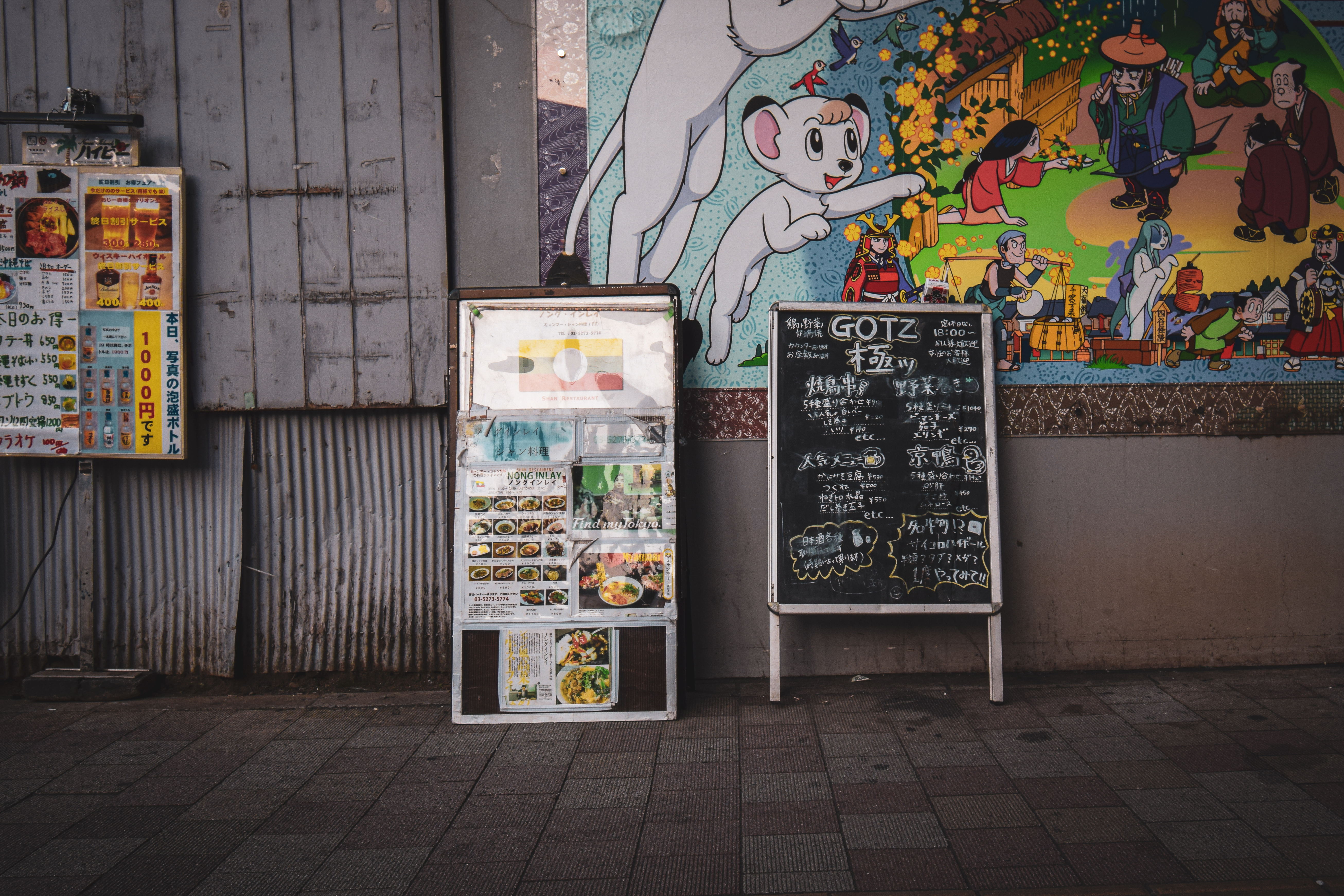
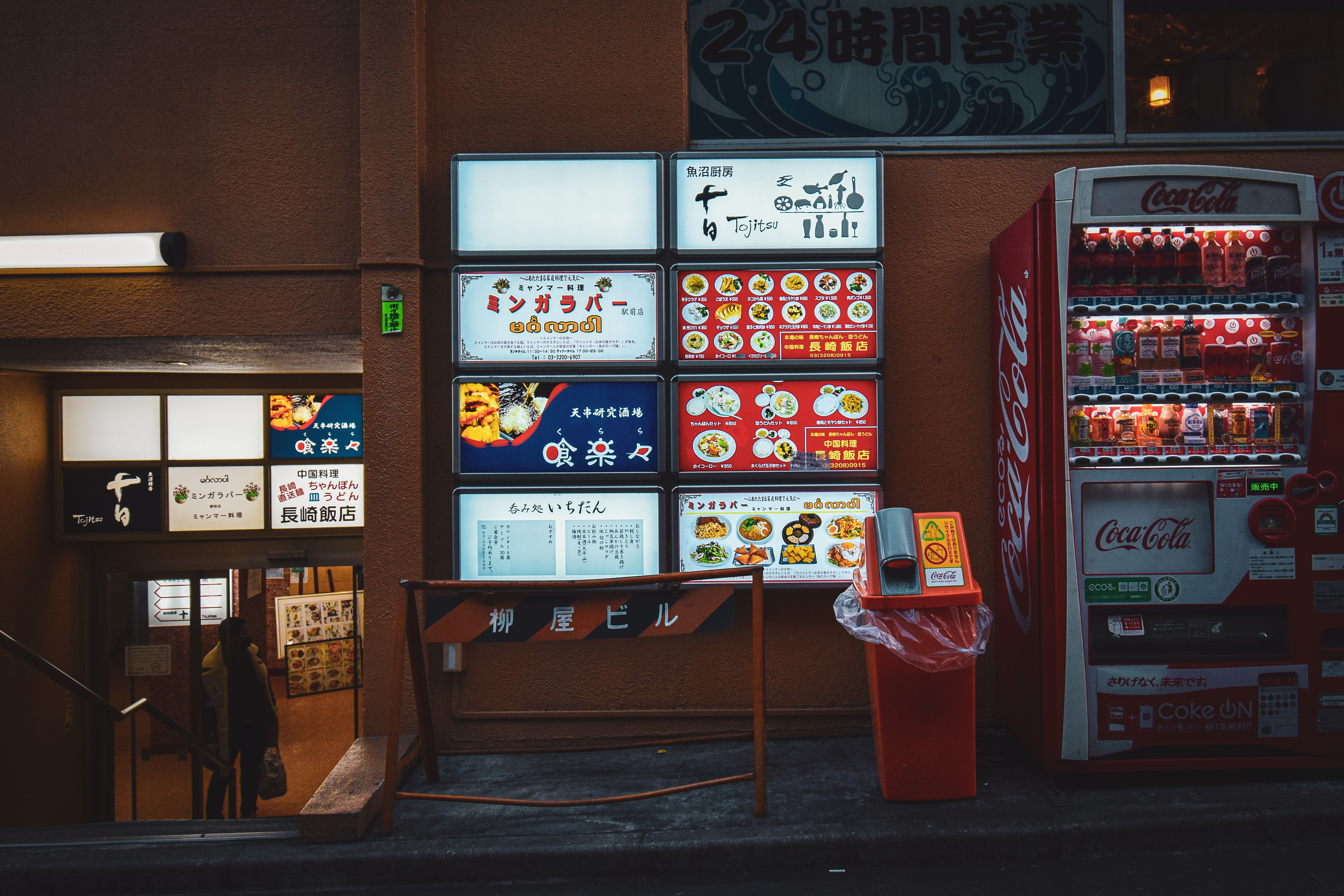
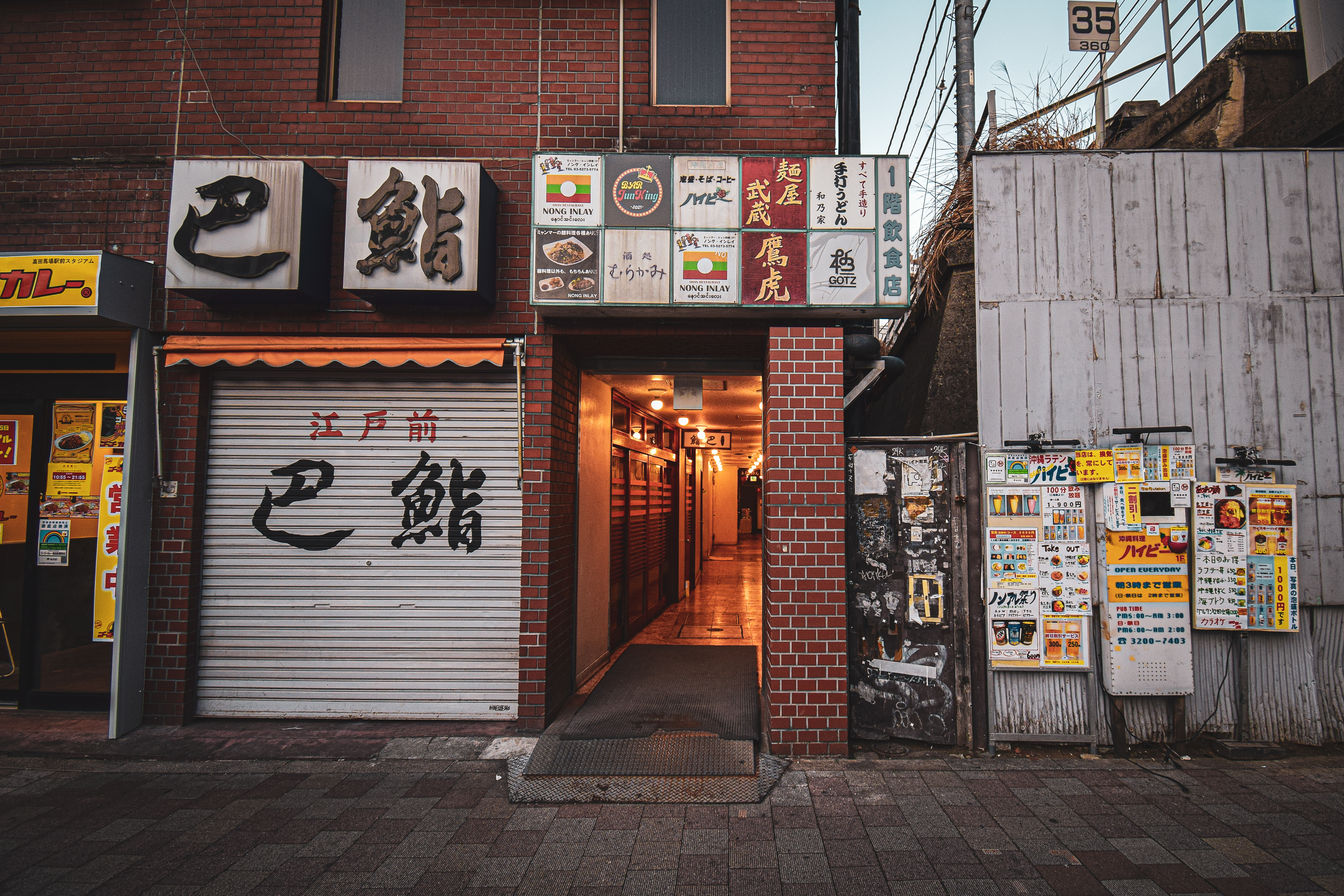
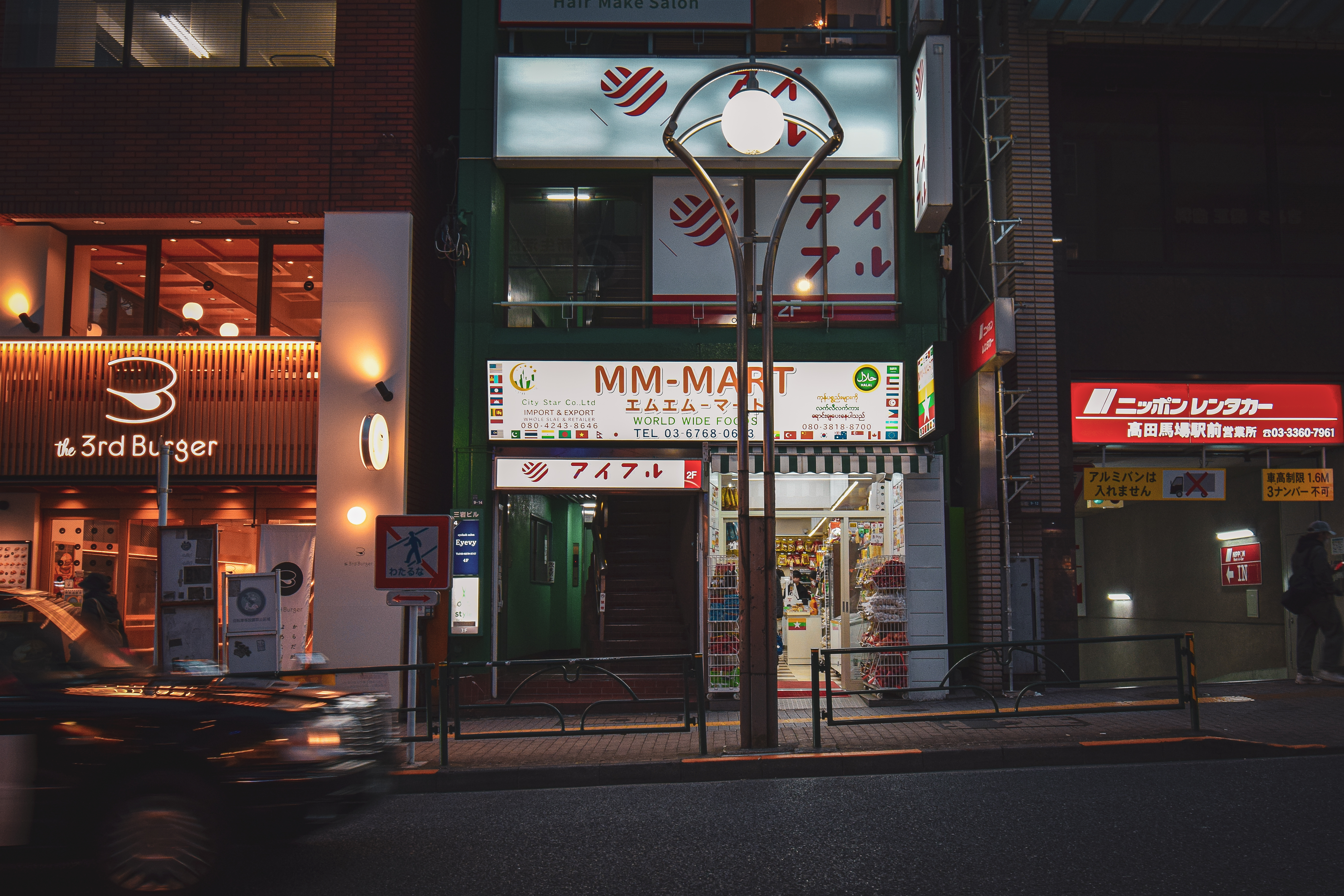
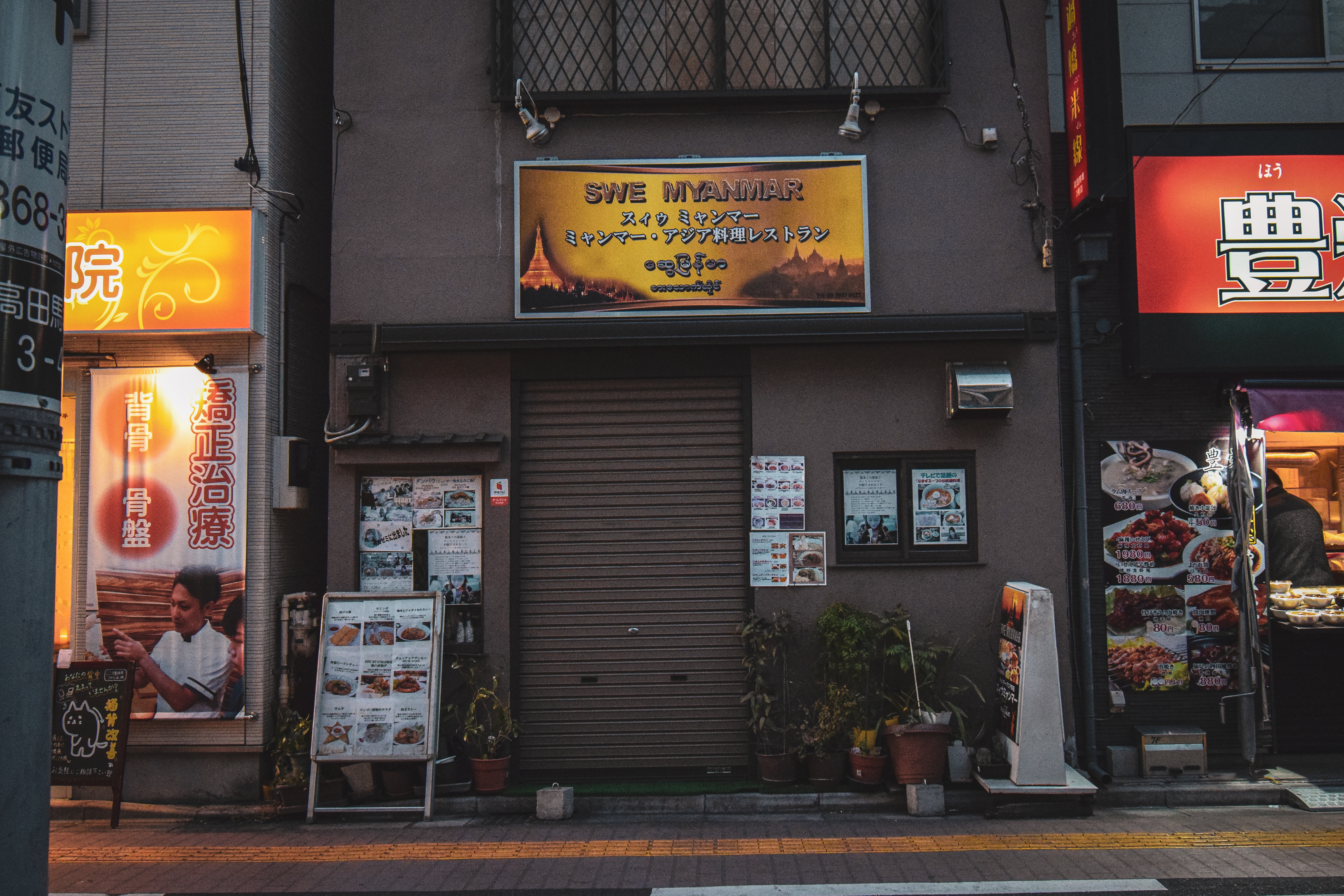
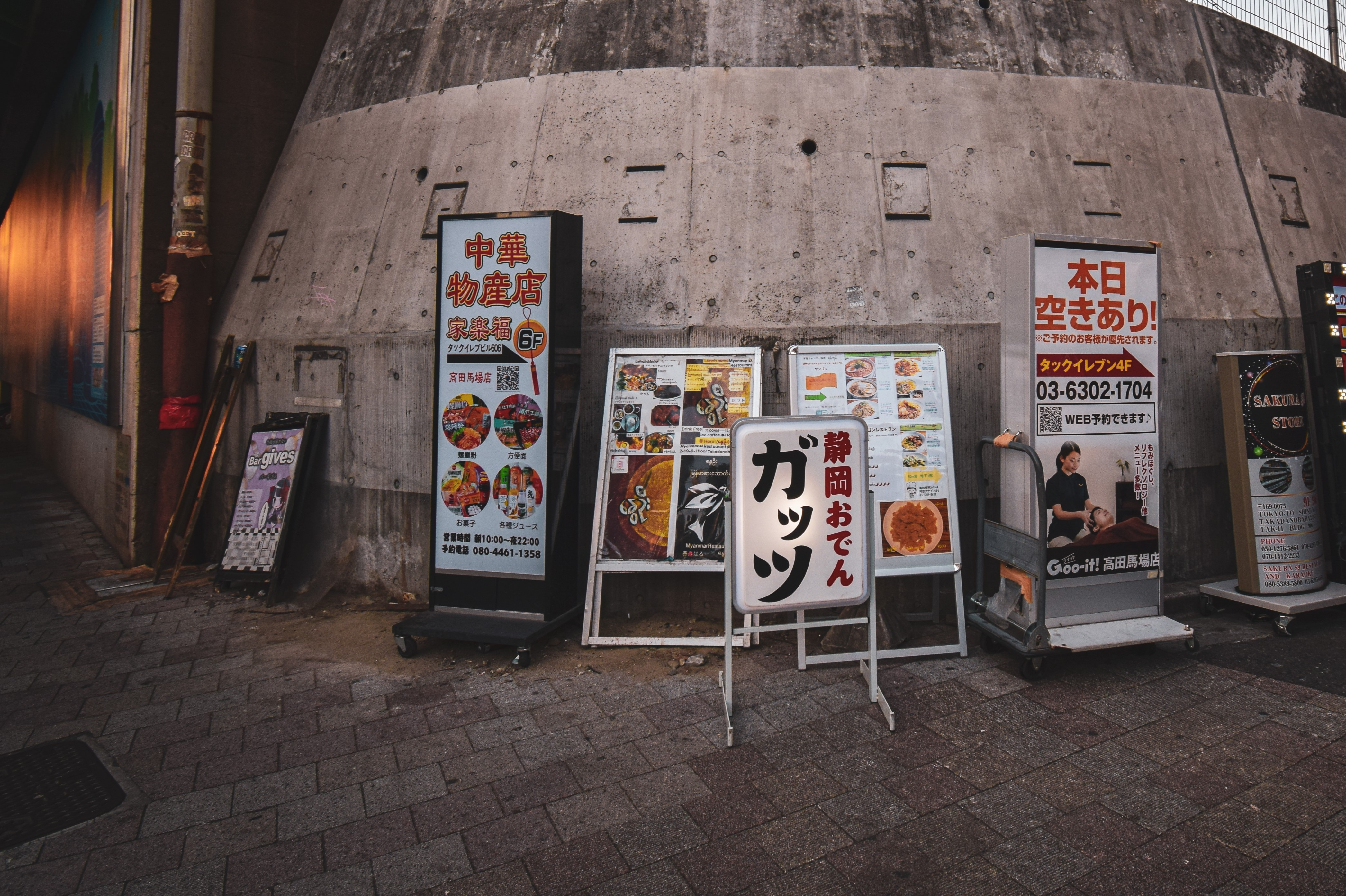
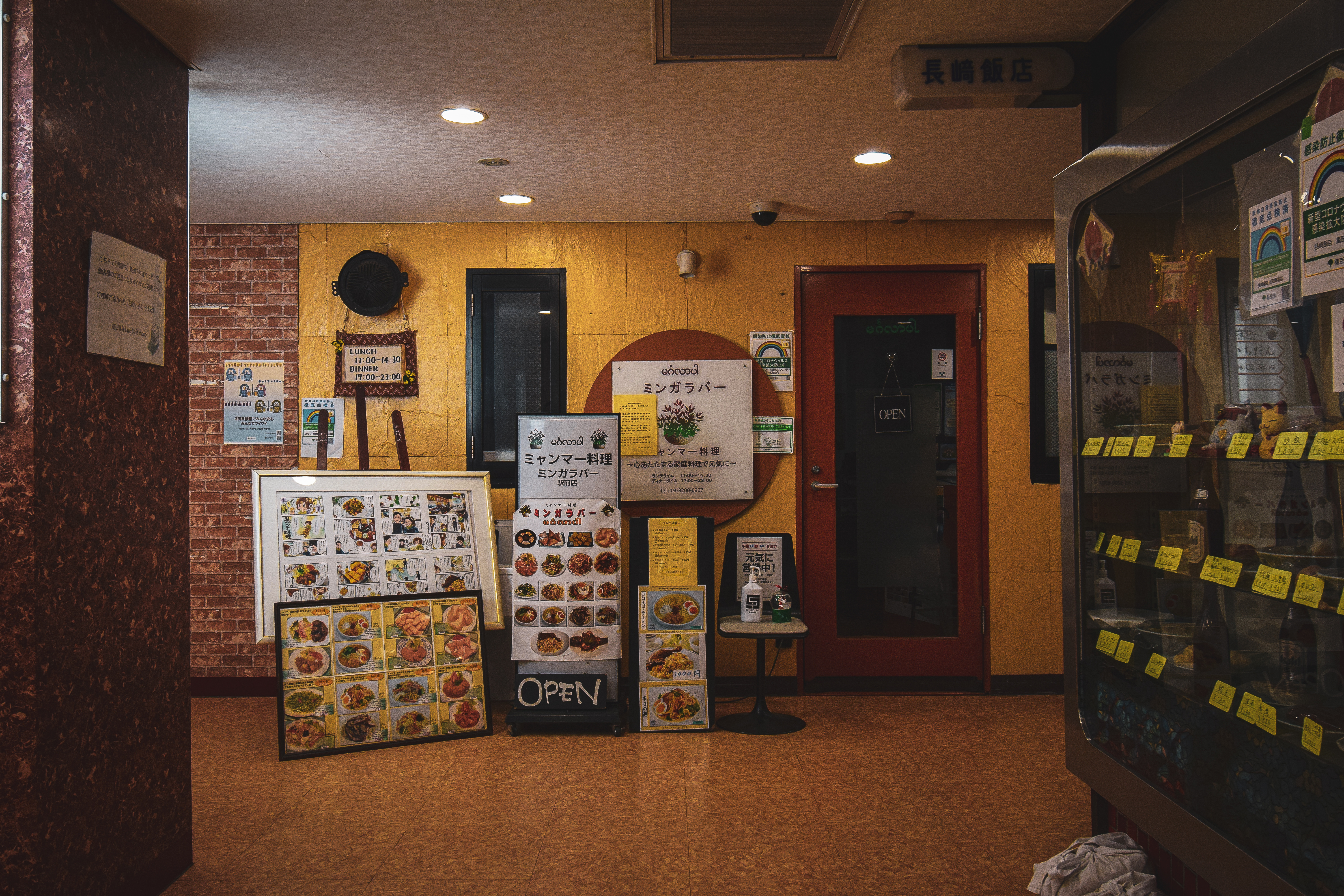
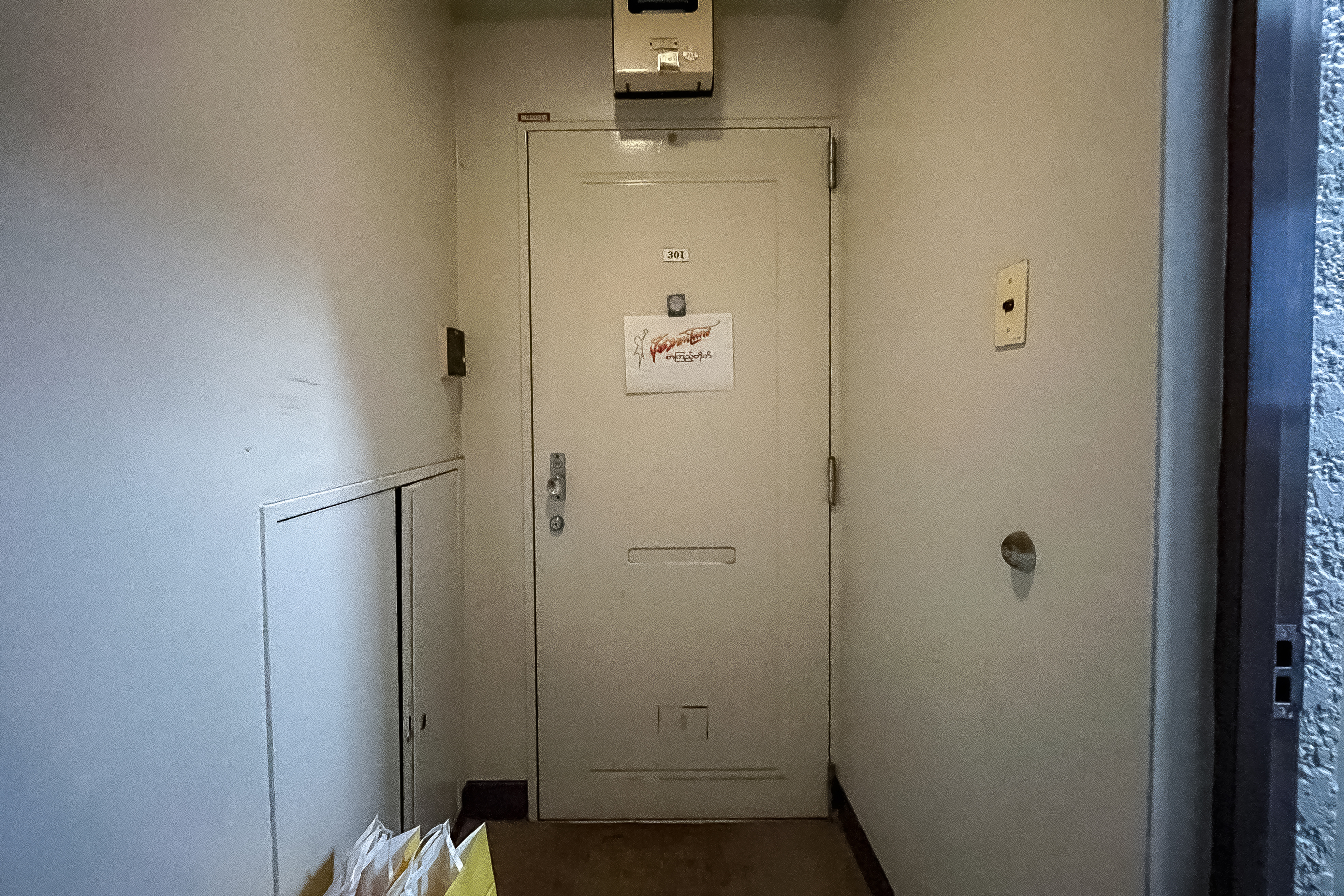
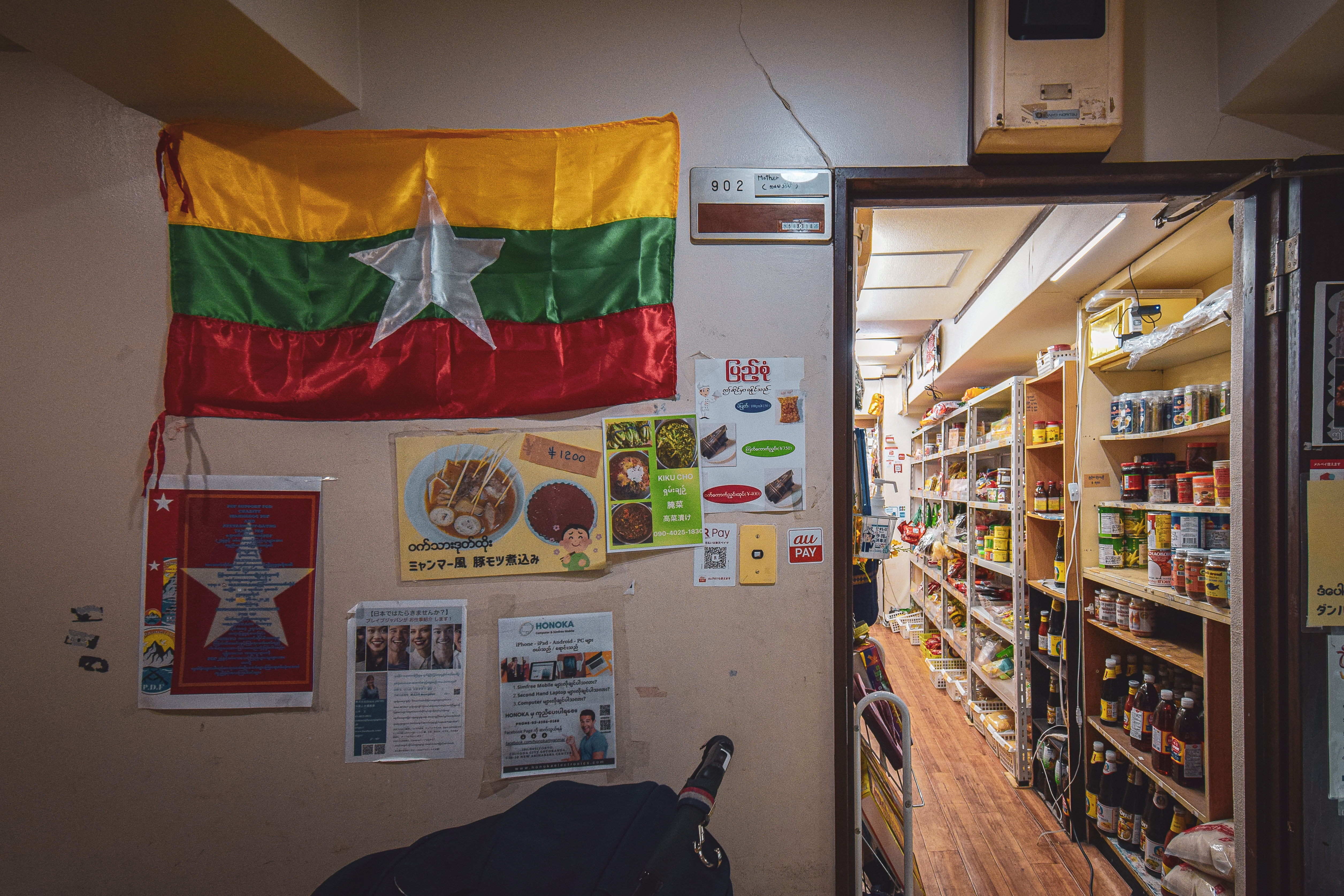
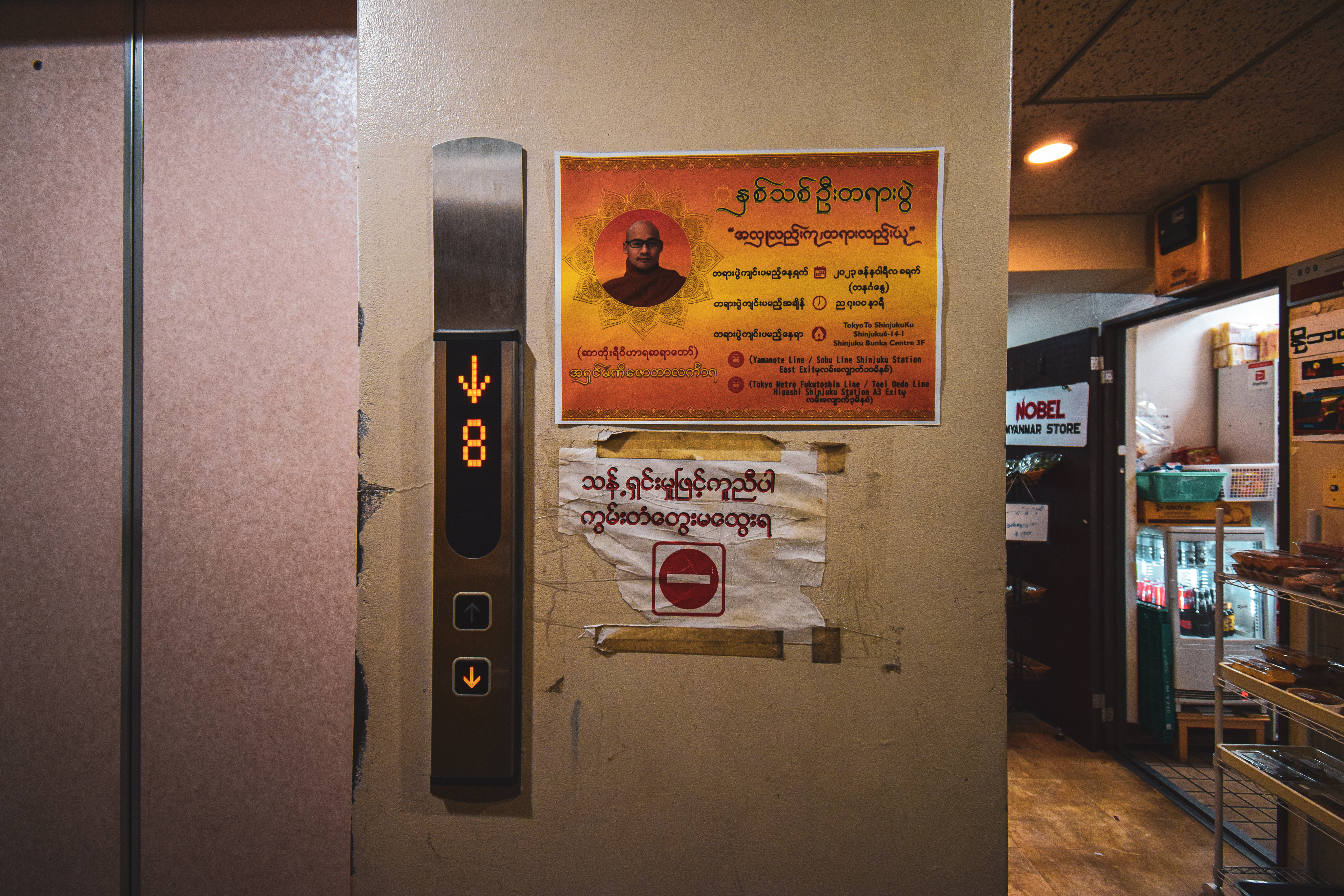
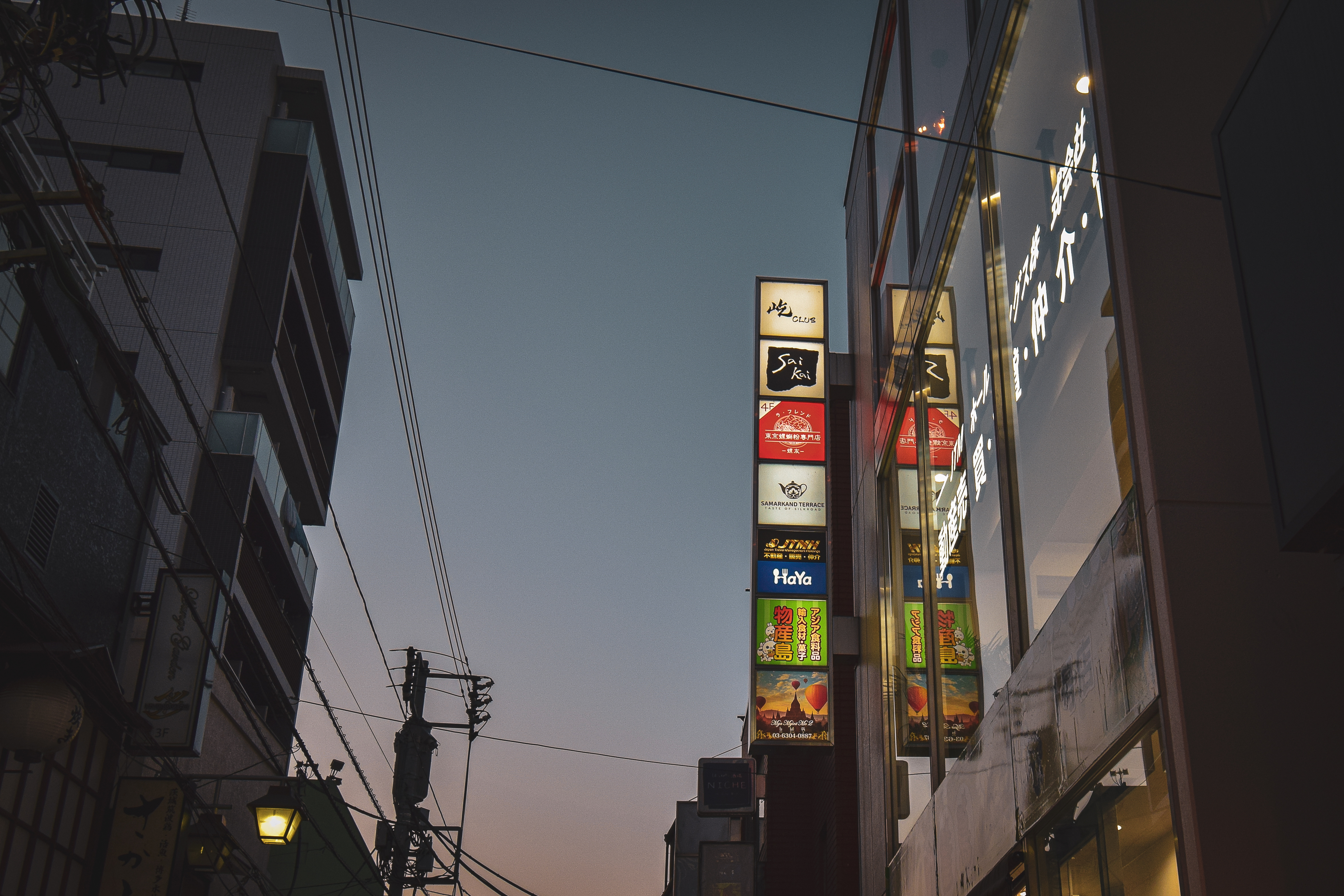
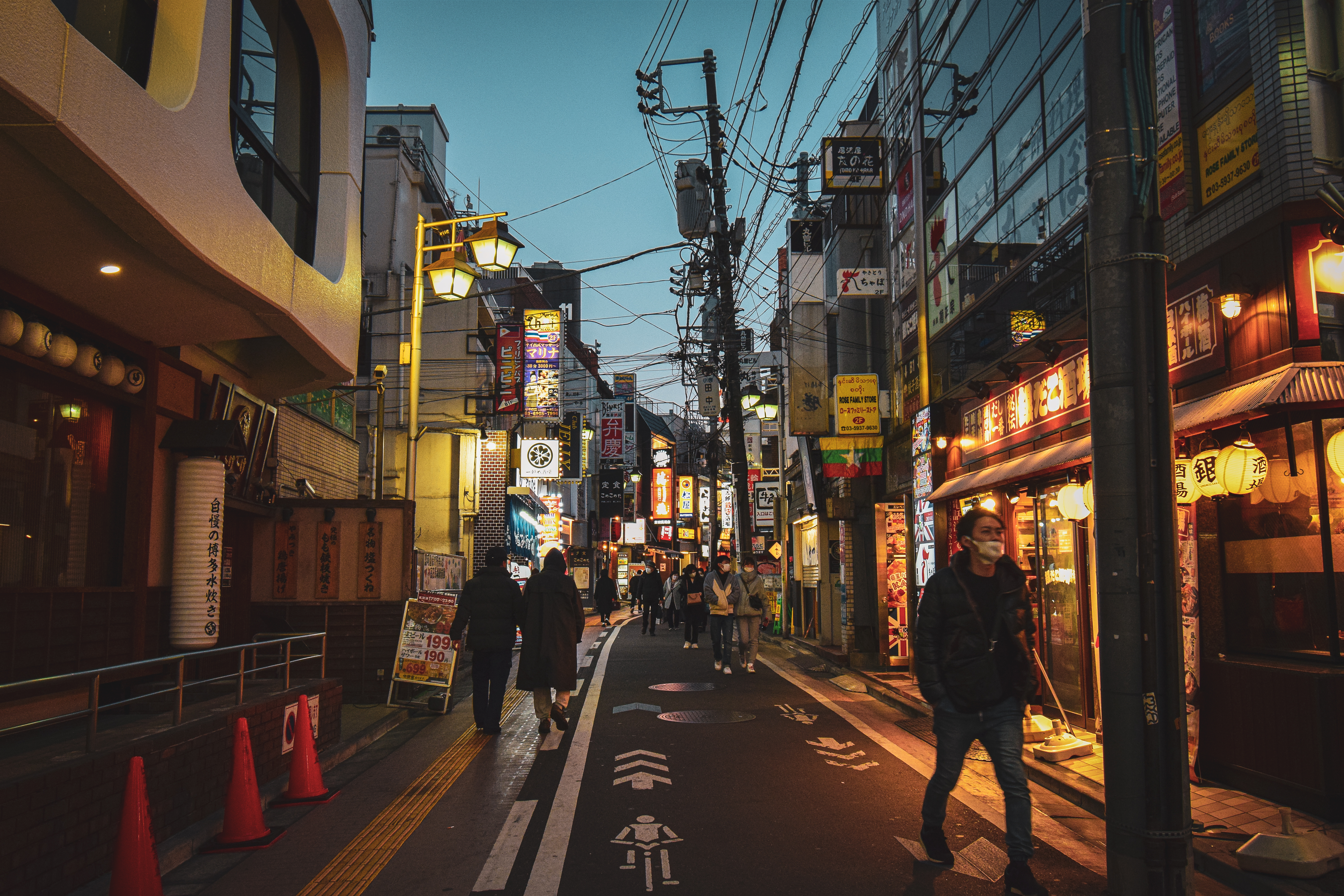
I would like to thank the library and its co-founder Ma Tin Tin Win who gratefully took me under their wing for this trip and introduced me to Little Yangon for the first time. I would also like to thank Ma Khine Zin Kyaw and Ko Oggar for showing me around Tokyo and Little Yangon as well. I will also like to thank Kristin Ramsay our Laidlaw coordinator from Cornell University and Professor Jessica Ratcliff for their support.
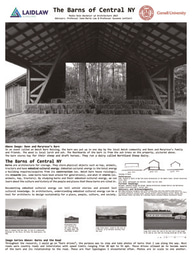

Please sign in
If you are a registered user on Laidlaw Scholars Network, please sign in